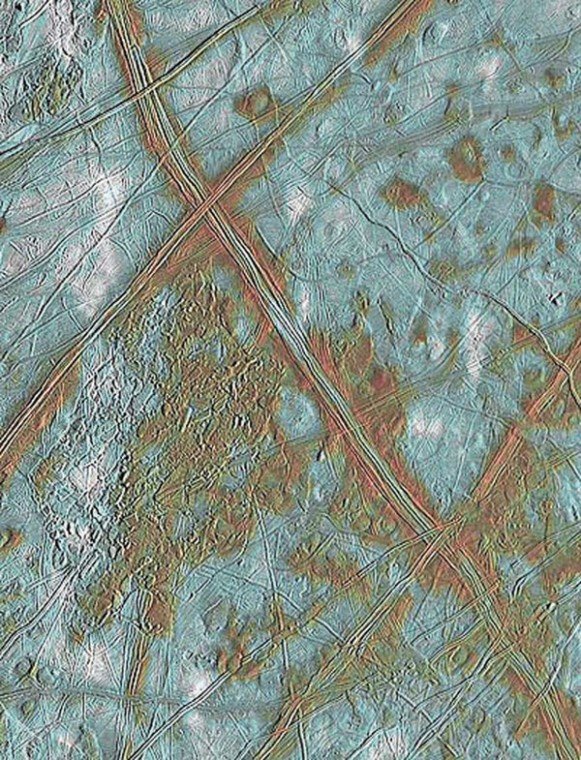May 24 Mars and Saturn
The planets Mars and Saturn line up in the west early this
evening. Saturn looks like a fairly bright golden star. Fainter
orange Mars is to Saturn’s upper right, by about the width of a
finger held at arm’s length.
May 24 Mars and Saturn
The planets Mars and Saturn line up in the west early this evening. Saturn looks like a fairly bright golden star. Fainter orange Mars is to Saturn’s upper right, by about the width of a finger held at arm’s length.
May 25 Comet Watch III
Comet NEAT is high in the west as darkness falls, to the right of the Moon. Binoculars will help you find it. A second comet, LINEAR, is just climbing into view. Use binoculars to scan for it quite low in the west-southwest beginning about a half hour after sunset.
May 26 Moon, Jupiter and Regulus
Three bright objects group together in the west tonight: the Moon, the planet Jupiter and the star Regulus. At nightfall, Jupiter is just to the left of the Moon, and looks like a brilliant cream-colored star. Much fainter Regulus stands below the Moon.
May 27 Moon, Jupiter and Regulus II
Jupiter, the largest planet in the solar system, lines up near the Moon tonight. They are well up in the southwest at nightfall. Jupiter looks like a brilliant star just to the Moon’s right or lower right. The star Regulus is farther to the Moon’s right.
May 28 Moon, Jupiter and Stars
The Moon lines up about halfway between two bright stars this evening. As darkness falls, Spica is well to its lower left, with Regulus about the same distance to its right. Jupiter is between Regulus and the Moon, and looks like a bright cream-colored star.
May 29 Scorpius Rising
Scorpius, the scorpion, skitters across the southern sky. Its tail clears the southeastern horizon in late evening, and the scorpion remains visible for the rest of the night. Its brightest star is Antares, which is in the middle of the scorpion’s curving body.
May 30 Moon and Spica
Spica, the brightest star of the constellation Virgo, huddles quite close to the Moon tonight. Spica consists of at least four stars. Since the system is so far away, though, their light blurs together into a single point.













